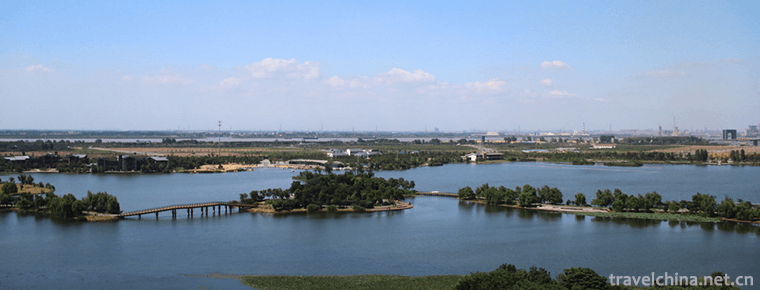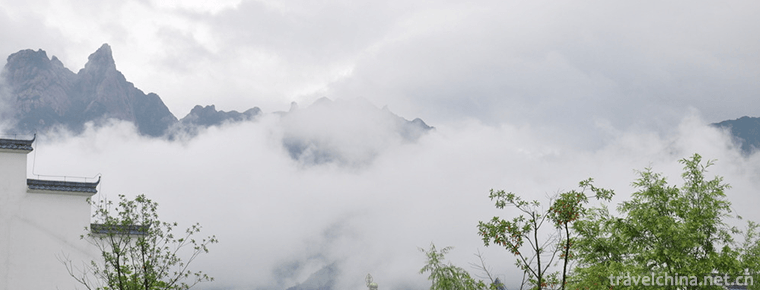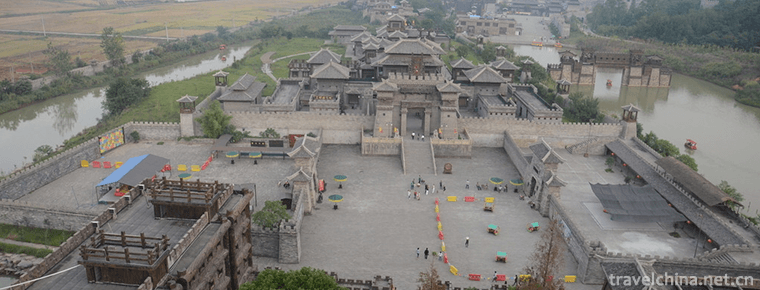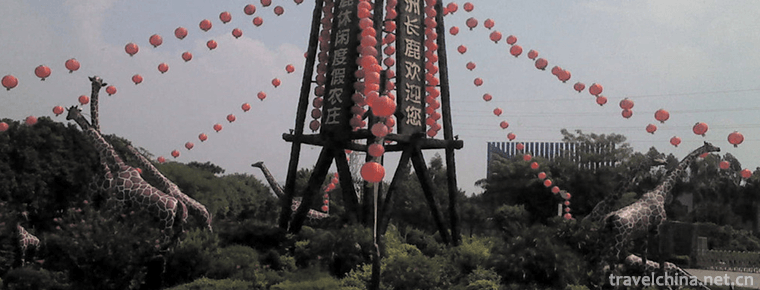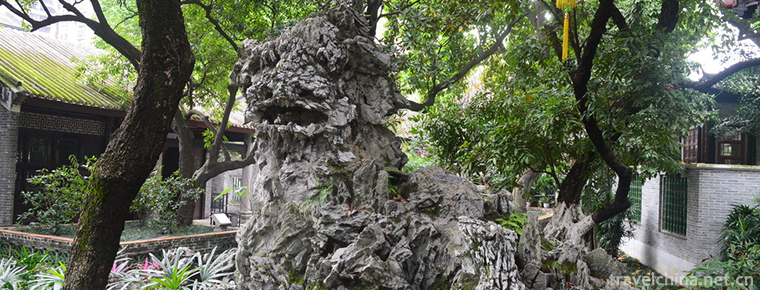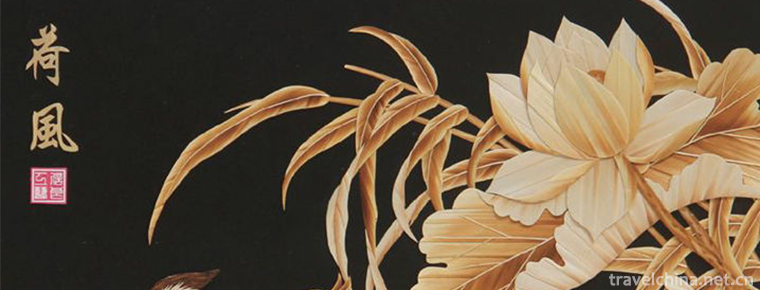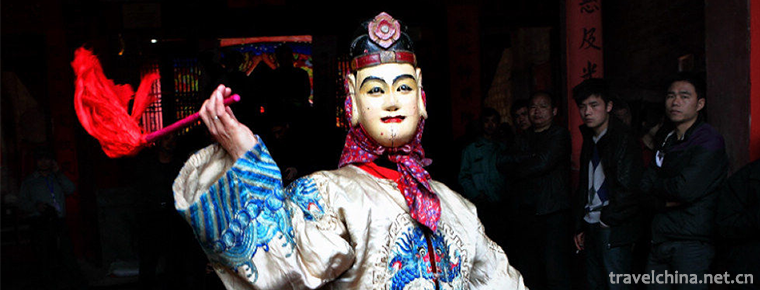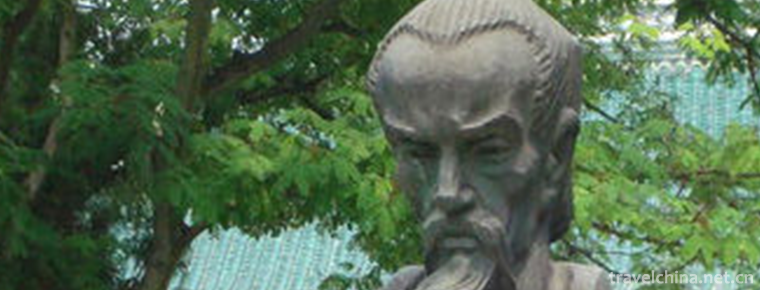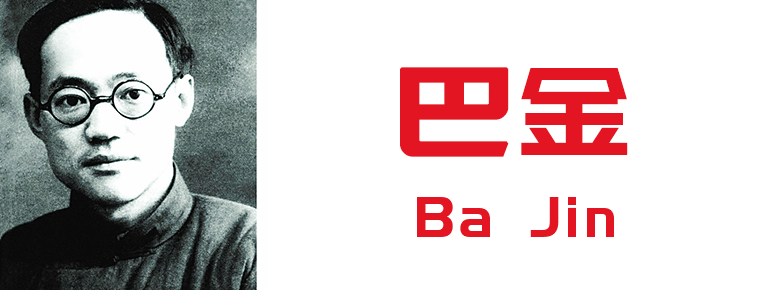Zezhou Sixianshu
Zezhou Sixianshu
Zezhou Sixianshu is a popular performance form in Zezhou Prefecture, Shanxi Province in Qing Dynasty. It is named after Sixian (Sihu) as the main accompaniment instrument. There is no documentary information about its formation age. Cheng Tianhe, a blind artist in Lichuan Town of Zezhou Prefecture in the Qing Dynasty, was the earliest known artist who was good at performing four-string books in Zezhou (about 1872-1932). It is inferred that the Four Strings Book of Zezhou was formed at the latest in the Guangxu Period of the Qing Dynasty and has a history of more than 150 years.
On May 23, 2011, the "Four Strings Book of Zezhou" declared by Jincheng City, Shanxi Province, was approved by the State Council and listed in the third batch of national intangible cultural heritage list.
historical origin
Zezhou Sixianshu is named for its four strings (Sihu) as the main accompaniment instrument. There is no literature on its formation age. Cheng Tianhe, a blind artist in Lichuan Town of Zezhou Prefecture in the Qing Dynasty, was the earliest known artist who was good at performing four-string books in Zezhou (about 1872-1932). It is inferred that the Four Strings Book of Zezhou was formed at the latest in the Guangxu Period of the Qing Dynasty and has a history of more than 150 years.
After the founding of New China, Jincheng City set up a Quyi troupe mainly performing Zezhou Four String Books. He has edited and performed new programs such as Kao Shen-fu, Wu Quanyou Receiving Girls, River God Marrying Wives and so on.
After entering the 21st century, with the age of the old artists increasing and their death, the number of performances is decreasing day by day. Zezhou Sixianshu is on the verge of extinction. It is in urgent need of rescue and protection. For many years, the local government has been carrying out relevant protection work.
artistic characteristics
The performances of Zezhou Sixianshu are composed of rap and singing, mainly in the Jincheng dialect. In the early stage, only one person performed with four strings and legs. Later, many people accompanied. And one leg plate and one cymbal. The accompaniment is interlude, i.e. no accompaniment when singing. The Lyric format is basically seven-character upper and lower sentences, rhyming the lower sentences.
Zezhou Sixianshu Program takes "Guan" as the unit, and "Guan" refers to a paragraph of the program story, usually about one hour. A long program consists of several "performances", called "Grand Slam".
After the founding of New China, Jincheng Quyi Team appeared standing and walking performances besides the traditional sitting performances. At the same time, the accompaniment instrument replaced the four strings with erhu, adding suona, drum and banner.
Representational repertoire
Its representative traditional programs are Huiwen Ping (32 consecutive), Sanhong Zhuan (24 consecutive), Martyr Girl Zhuan (13 consecutive), Hongluoshan (9 consecutive), etc. There are also medium-length programs such as "Birds Chao Feng", "Yang Bajie Youchun", "Two Lao Bizi", short programs such as "Little Widow Go to the Tomb", "Bachelor Cry Wife", "Little Two Eat Zongzi" and so on.
In the old days, the performers of Zezhou Four String Books were blind artists, mostly in groups of three or two, and there was no class organization. Villagers'reward, vow and celebration are the main occasions for performances. Usually, "Shuo Shenshu" plays "Tour Tiantai", "Big Eight Immortals", "Rich Changchun", "Axe Chopping Huashan" and other programs; Birthday, Full Moon performances "Du Lin Ying", "Three Sisters Fall", "Tian Xian Giving Sons"; Birthday performances "Xu Gongzi Baishou", "Long Sanjie Baishou" and other programs; Wedding Day performances "Xixiangji" and "Liang Zhuxia Shan". Wait for the program.
Inheritance Significance
Although the history of Zezhou Sixian Book is not very long, its value is not small. It is the cultural treasure of the Chinese nation. This form of performance is mainly distributed in Jincheng, Shanxi Province. The representative successors are Chen Tiefa and Mary (Ma Xinmei).


Zezhou Sixianshu
-
Baiyang Lake
Baiyang Lake/Anxin Baiyangdian Scenic Area is located in the central part of Hebei Province. Anxin Baiyangdian is the largest inland lake in Hebei Province
Views: 407 Time 2018-11-24 -
Slender West Lake
Slender West Lake, formerly known as Guarantee Lake, is located in the northwest suburb of Yangzhou City, Jiangsu Province
Views: 191 Time 2018-12-06 -
Mount Jiuhua Scenic Area
Jiuhua Mountain Scenic Spot is located in Anhui Province, China. The northwest is across the Yangtze River and Tianzhu Mountain, and the Southeast
Views: 141 Time 2018-12-08 -
Chibi ancient battlefield
The ancient battlefield of Chibi in the Three Kingdoms, where the battle of Chibi took place, is located on the South Bank of the Yangtze River in the northwest of Chibi City, Hubei Province
Views: 422 Time 2018-12-12 -
Chuanlord Tourism & Leisure EXPO Park
Chuanlord Tourism & Leisure EXPO Park ,Changlu Tourism Xiubo Park, or Changlu Environmental Protection Holiday Farm (hereinafter referred to as "Changlu Farm")
Views: 518 Time 2018-12-12 -
Qinghui Garden
Qinghui Garden is an ancient garden building built in Ming Dynasty. Located in Qinghui Road, Daliang Town, Shunde District, Foshan City, Guangdong Province,
Views: 224 Time 2019-02-07 -
Wheat straw cut and paste
Straw clipping is a traditional folk handicraft. Also known as "wheat straw clipping", "wheat straw clipping". Using the natural luster of wheat straw and the characteristics of ru
Views: 261 Time 2019-05-16 -
nuo dance
In the traditional Chinese civilization, "Nuo" is a social and cultural phenomenon with strong religious and artistic color, which has a long history and is widely popular in the Han nationa
Views: 195 Time 2019-06-08 -
Legend of Qu Yuan
The legend of Quyuan is one of the local folklores in Zigui County, Hubei Province. The people of Zigui created and inherited folk literature with lyric and expressive expression by linking Quyuan wit
Views: 109 Time 2019-06-11 -
Shaoxing Xuanjuan
Shaoxing Xuanjuan is a traditional rap art with religious color, which is mainly used to worship gods and pray for blessings. Since Tang Dynasty, it has developed into folk art in Qing Dynasty. The So
Views: 197 Time 2019-06-14 -
Ba Jin
Ba Jin (November 25, 1904 - October 17, 2005), male, Han nationality , Sichuan Chengdu Man, his ancestral home Zhejiang Jiaxing 。 Ba Jin's original name Li Yao Tang And another pen name, Pei pole, bli
Views: 310 Time 2019-09-06 -
Dispute on the meaning of Cheongsam
Under the influence of the Qing Dynasty's Qiren's robes, women's gowns have been referred to as cheongsam since the Republic of China. Due to the influence of the environment at that time, most people know that the women of the Manchu and Qing Dynasty had their own cheongsam,
Views: 147 Time 2020-12-11

